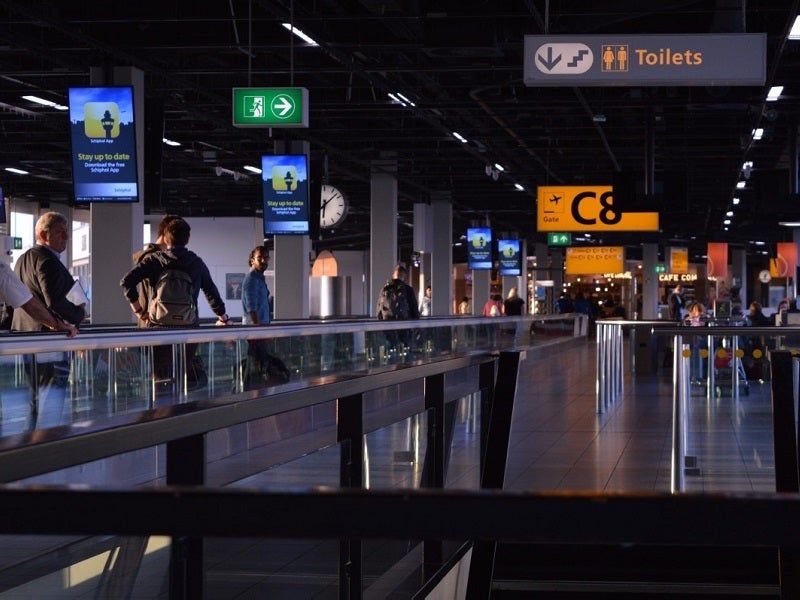
Virtual reality is growing in popularity across all sectors of aviation as it offers several opportunities for both business and customer-facing purposes.
Airports are increasingly making it a best-selling entertainment attraction, while also adopting it for staff training and design.
Meanwhile, British start-up Ocean3D is bidding to use it to help passengers find their way through a busy airport and plan their trips ahead.
Fresh from winning the Innovation Gateway competition at this year’s New Civil Engineer Future of Airports event, Ocean3D is a VR photography scanning business that creates virtual interactive tours of certain locations.
Having already collaborated with the likes of the UK’s National Health System, railway stations, hotels and real estates, the Cornish company is now working to make its debut in the aviation industry.
Digital twin technology with a customer focus
Ocean3D uses digital twin technology to create realistic VR environments of public and private spaces that can be accessed via all types of electronic devices at all times.
How well do you really know your competitors?
Access the most comprehensive Company Profiles on the market, powered by GlobalData. Save hours of research. Gain competitive edge.

Thank you!
Your download email will arrive shortly
Not ready to buy yet? Download a free sample
We are confident about the unique quality of our Company Profiles. However, we want you to make the most beneficial decision for your business, so we offer a free sample that you can download by submitting the below form
By GlobalDataThe platform uses Matterport technology – a system of cameras and layers capable of scanning internal areas – to build a virtual model of the location, a process that takes anywhere from an hour to a day depending on its size.
“It’s similar to Google Earth but on speed,” explains Ocean3D director Chris Wood. “That’s what the basic traveller wants – everybody wants to know where they’re going to go, how long it will take them to get there and what it’s going to be looking like,” he continues.
Once live, the virtual map can be modified with the latest updates and embedded with tools such as information points, how-to videos, menus and chatboxes, essentially creating a digital, all-inclusive guide through the airport. On the other hand, security cameras can be removed from the customer-facing image for security purposes.
Making airports more accessible to all
At the core of Wood’s project is supporting passengers’ journeys through unfamiliar and busy environments.
Specifically, Ocean3D has been designed to help travellers suffering from anxiety and hidden disabilities to have a stress-free trip.
“One in four people in the UK will have some form of disability, whether it’s physical or mental,” says Wood, “and we need to look out for those people, over 80% of which will have hidden impairments.”
As a result, Ocean3D allows sensitive passengers to virtually visit an airport from a comfortable location and prior to reaching it: “There is an awful lot of people who are very nervous about using airports or other transport facilities,” he continues. “The idea is that the platform reduces anxiety for customers, it allows them to plan.”
Supporting airports’ internal operations
The platform also offers a number of opportunities in matters such as marketing, staff management and construction.
“You can increase the number of people coming through your airport by allowing them to book a table at a restaurant in advance of a spot in the VIP lounge,” says Wood, highlighting the dual benefit of having relaxed passengers as well as boosting airports’ relations with their partners.
“Another important aspect is that the tours offer a real opportunity for people who are building airports or carrying upgrade works,” he adds.
Being able to access the map remotely would therefore eliminate the need for engineers and designers to be on-site at all time. As Wood puts it: “You can all be looking at the same piece of information, you can have different players intervening on the project without having to organise meetings in advance, so it saves money and time for everybody.”
Lastly, chatboxes can be used as a replacement to airlines’ customer desks in busy situations such as when a flight is delayed. “Instead of having people rushing to a traditional desk, they can just click on the information point [on the digital twin], and embed a chatbox with it to reduce stress.”







